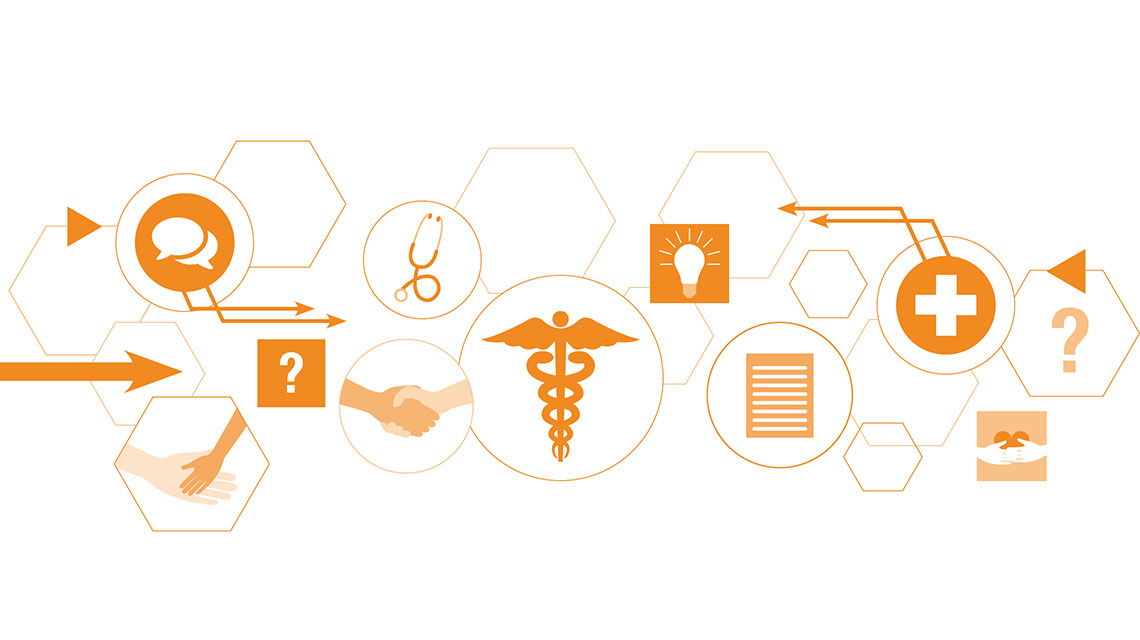Do Text Messages Help Youth at Risk For Suicide Feel Supported After Discharge?
Do Text Messages Help Youth at Risk For Suicide Feel Supported After Discharge? https://pediatricsnationwide.org/wp-content/uploads/2024/04/072019ds0206-cell-phone-1024x683.jpg 1024 683 Katelyn Scott https://secure.gravatar.com/avatar/063fb83f3d5755ed03ef5b89dcfadd30?s=96&d=mm&r=gNationwide Children’s is the first pediatric hospital to implement Caring Contacts approach within its Zero Suicide initiative. The initial study period shows high enrollment and satisfaction with the program. Youth who receive care for suicidal thoughts and behaviors need extra support as they transition after they are discharged from inpatient care or the emergency department.…














